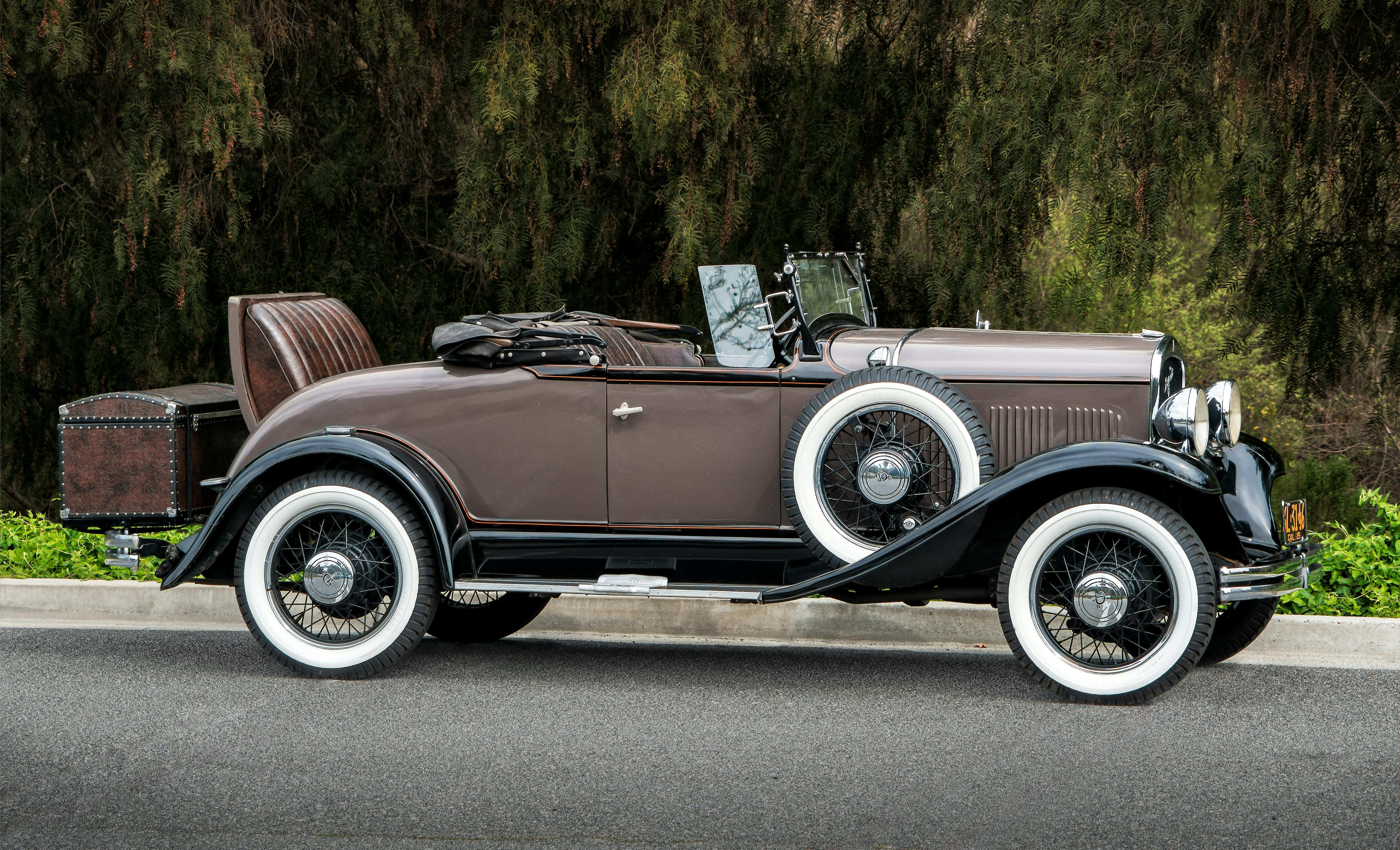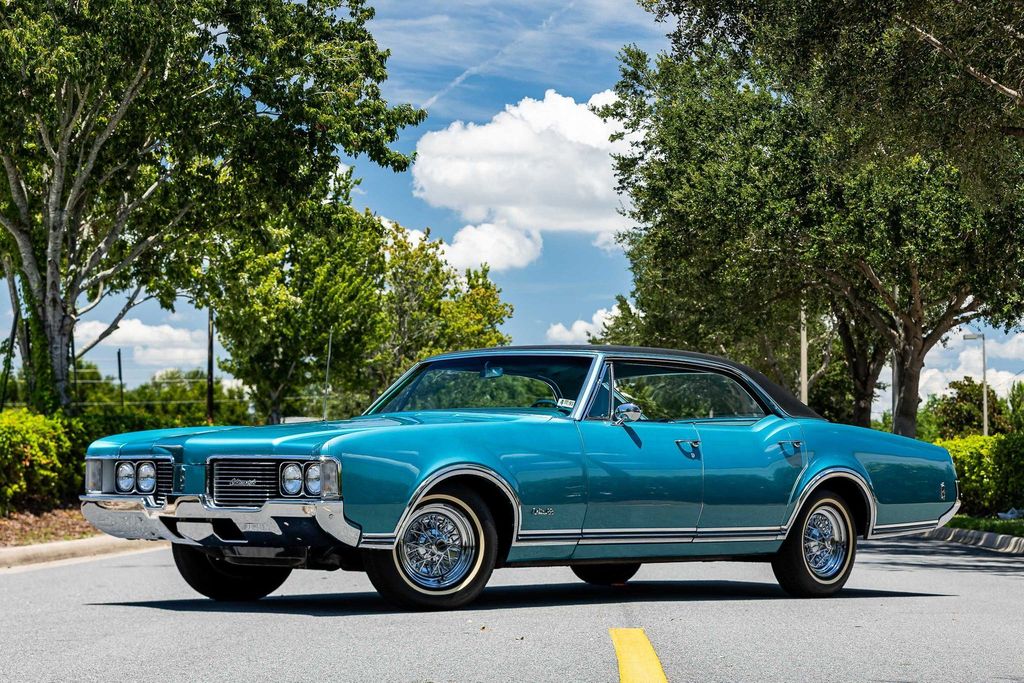
Driving a classic car is an experience steeped in nostalgia, offering a tangible connection to the rich tapestry of automotive history. These vintage machines, with their distinctive lines and mechanical purity, stir a unique passion among enthusiasts and collectors, embodying a bygone era of design and engineering. However, beneath the polished chrome and roaring engines lies a complex reality: owning and operating these cherished relics in the modern world comes with a distinct set of challenges, particularly concerning contemporary safety regulations and legal compliance.
The absence of advanced safety measures, such as the ubiquitous airbags, sophisticated anti-lock braking systems, and electronic stability control, means that classic cars operate under a very different set of circumstances than their modern counterparts. This divergence from current safety standards raises critical questions about their legality, potential liabilities, and the responsibilities classic car owners must embrace. Navigating this intricate landscape requires more than just a love for vintage automobiles; it demands a deep understanding of varying regional regulations, specialized insurance considerations, and a disciplined approach to driving itself.
This comprehensive guide will steer you through the multifaceted world of classic car ownership, focusing on vehicles that, despite lacking modern safety features, remain legal to drive. We’ll delve into the essential legal frameworks, critical insurance insights, and best practices for adapting your driving style to ensure both compliance and enjoyment. Join us as we explore how enthusiasts can responsibly and legally preserve and pilot these rolling pieces of history, embracing their unique character while acknowledging their inherent differences from today’s technologically advanced vehicles.
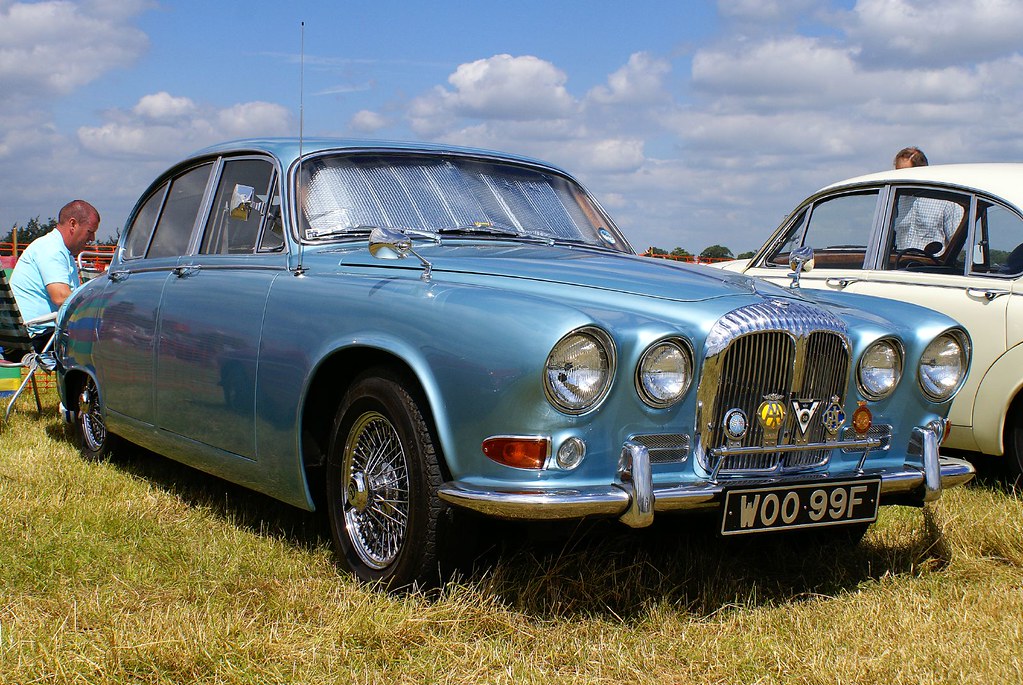
1. **The Enduring Allure and Modern Challenges of Classic Cars**The magnetic appeal of classic cars is undeniable, drawing enthusiasts with their timeless aesthetics and the romantic notion of a simpler automotive age. Each vehicle tells a story, a testament to design philosophies and engineering prowess from decades past, often representing peak stylistic periods or significant technological milestones. For many, driving a classic car is not merely transportation; it is an immersive experience, a connection to history that modern vehicles, with all their conveniences and digital interfaces, simply cannot replicate.
However, this profound connection comes hand-in-hand with a unique array of modern challenges. The most prominent of these is the stark contrast between their original design specifications and today’s rigorous safety and emissions standards. While these cars were state-of-the-art in their day, automotive technology has advanced dramatically, introducing features that are now considered baseline for occupant protection and environmental responsibility. This gap necessitates a thorough understanding of the specific legal and practical implications for owners.
Preserving the authenticity of these vehicles often means maintaining original components, which may not align with contemporary expectations for crashworthiness or emissions control. Enthusiasts are constantly balancing the desire to keep their cars historically accurate with the need to ensure they are roadworthy and compliant with current laws. This constant negotiation between heritage and modernity forms the core of the classic car ownership experience, requiring dedication, knowledge, and sometimes, creative solutions to keep these beloved machines on the road.
Read more about: Beyond the Screen: Netflix Docuseries Igniting Actual Criminal Investigations and Unveiling Profound Judicial Impacts
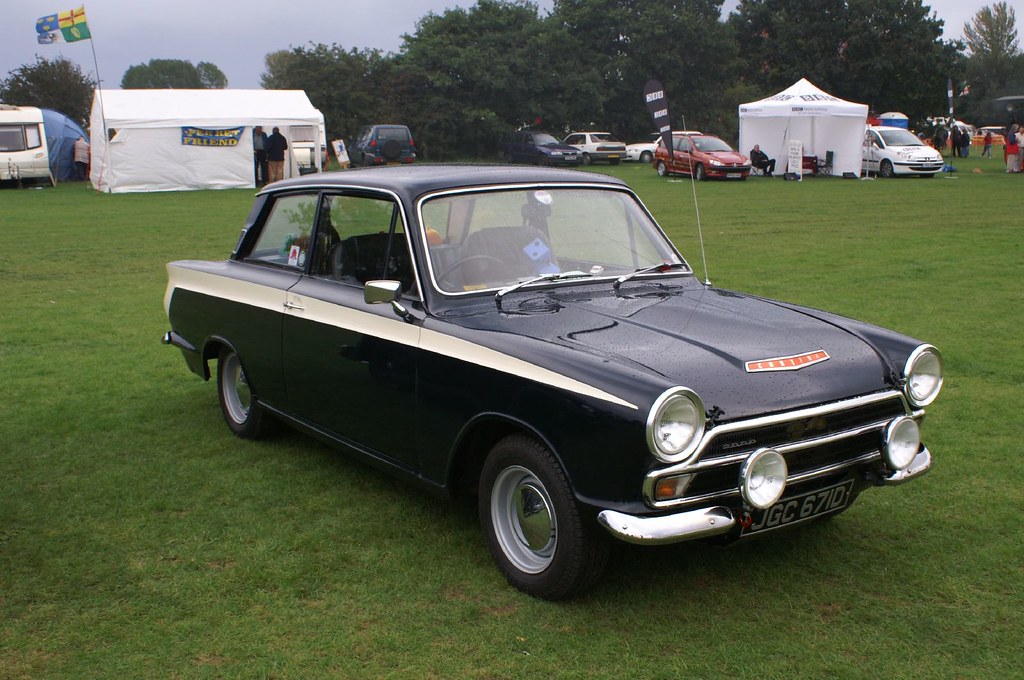
2. **Navigating the Legal Landscape of Classic Car Registration**Registering a classic car is a journey through a legal labyrinth, with rules and requirements that can differ substantially from one jurisdiction to another. For any enthusiast, securing proper registration is not just a formality; it’s the gateway to enjoying the privileges associated with classic car ownership, such as potentially reduced fees and specialized insurance rates. The first crucial step in this process is accurately determining if your vehicle qualifies for “classic” status, a designation often predicated on specific age criteria, typically 20 to 25 years old.
Beyond age, some regions may also demand proof of a car’s historical significance or originality, sometimes requiring official certification from a recognized classic automobile club. Once the classic status is established, owners must meticulously gather a suite of essential documents. This typically includes irrefutable proof of ownership, such as a bill of sale or title, alongside personal identification. Crucially, a Vehicle Identification Number (VIN) verification is often required to confirm the car’s unique specifications and trace its historical lineage, ensuring its identity and preventing fraudulent activities.
Many states have developed specific registration forms exclusively for classic cars, which diverge from the standard applications used for contemporary vehicles. It is imperative to complete these forms with absolute accuracy and submit them punctually, accompanied by any requisite fees. Certain jurisdictions have even established special classic car registration categories, which can unlock further advantages, such as exemptions from specific emissions testing or certain safety regulations, acknowledging the unique nature and limited use of these treasured historical assets. Staying abreast of these ever-evolving local laws and regulations is paramount, and engaging with classic car clubs or online forums can provide invaluable resources and up-to-the-minute insights.
Read more about: 14 Wild Ways Cycling Is More Than Just a Ride (Plus, How You Can Join the Fun!)
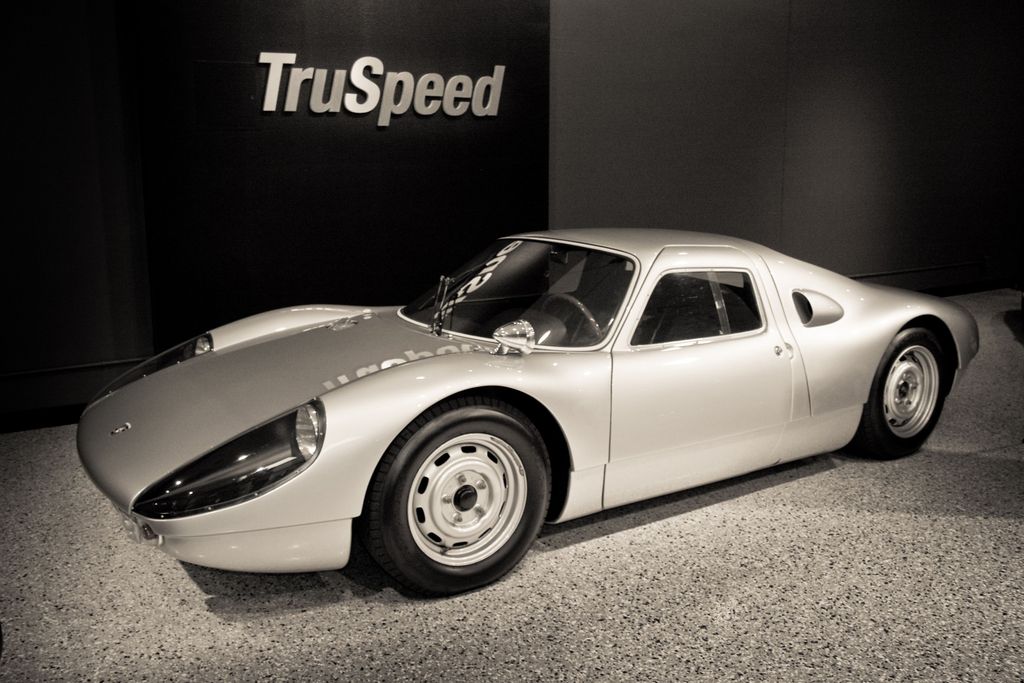
3. **Tailored Insurance for Vintage Vehicles Lacking Modern Safety Features**Insuring a classic car, especially one that predates modern safety features, introduces a distinct set of considerations that depart significantly from standard automotive policies. These vintage machines, often lacking airbags, anti-lock brakes, or electronic stability control, are evaluated by insurers not primarily on conventional safety ratings, but rather on their intrinsic value, their intended usage, and their historical importance. This specialized assessment necessitates a thorough and accurate appraisal of your vehicle, a foundational step in establishing its market value and ensuring comprehensive coverage in the unfortunate event of theft, damage, or a total loss.
Many insurance providers recognize the unique needs of classic car owners and offer specialty coverage specifically designed for these vehicles. These bespoke policies often factor in the limited use of classic cars, typically resulting in more favorable premiums compared to standard auto insurance. However, to qualify for such beneficial rates, owners are usually required to meticulously document their vehicle’s usage patterns and storage conditions, often adhering to strict mileage limits and conditions like secure garage storage. These stipulations reflect the insurer’s understanding that classic cars are generally leisure vehicles, not daily drivers.
Given the absence of modern safety technologies, the potential for more severe injuries in an accident involving a classic car is a critical consideration. Consequently, ensuring adequate liability coverage becomes not just important, but absolutely crucial. This robust coverage acts as a vital safeguard against the financial burdens associated with accidents, offering essential protection in scenarios where injuries to occupants or third parties could be heightened due to the vehicle’s inherent design. Moreover, it is prudent to review the deductible associated with your policy; a lower deductible might be advantageous for classic car owners, mitigating the financial impact of repairs which can be considerable due to the unique nature and scarcity of parts. Consulting an insurance broker who specializes in classic vehicles is highly advisable, as their expertise can guide you in selecting a policy that perfectly aligns with your car’s unique characteristics and your specific needs, even accommodating niche activities like vintage racing or participation in car shows.
Read more about: Beyond Nostalgia: 12 Enduring Reasons Why Classic Cars Still Outshine Modern Vehicles for True Enthusiasts
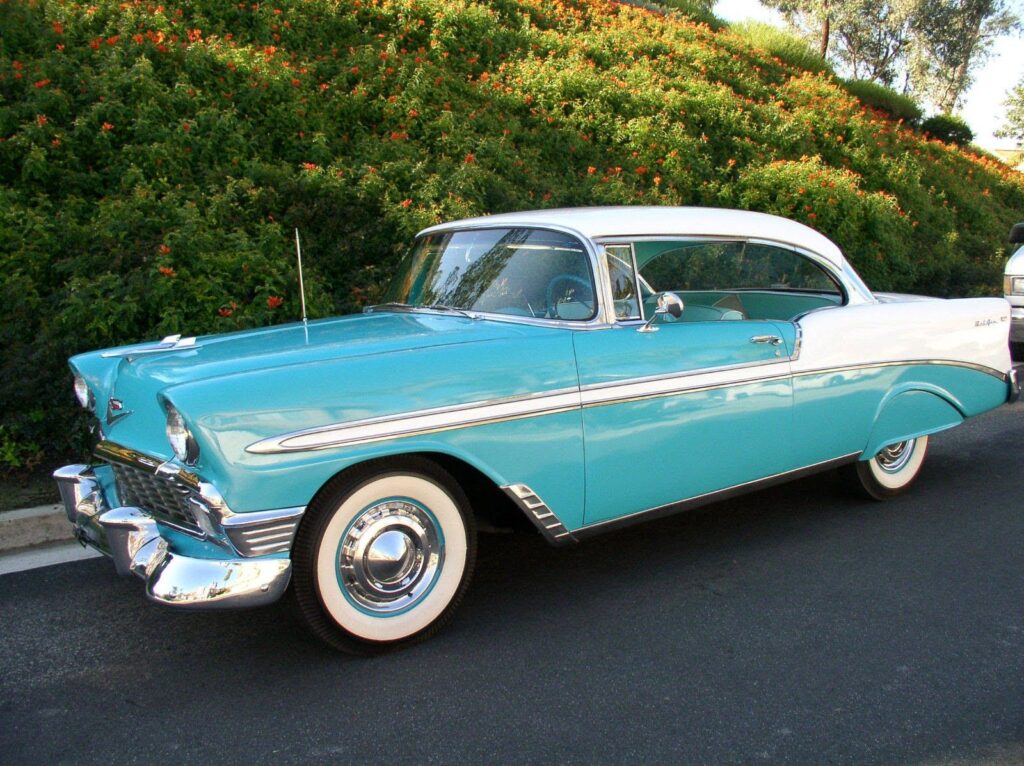
4. **Adapting Your Driving Habits for Maximum Safety in Older Cars**Piloting a classic car, with its unique dynamics and lack of modern safety systems, demands a conscious and significant adaptation of driving habits to ensure maximum safety. Unlike contemporary vehicles that offer a suite of electronic aids, older cars place a much greater emphasis on driver skill, awareness, and foresight. A fundamental adjustment involves maintaining a considerably safe following distance. The braking systems in classic cars are often less efficient and responsive than those found in modern vehicles, necessitating extended stopping distances. Providing ample space between your vintage ride and the vehicle ahead grants crucial extra seconds to react to sudden stops or unforeseen road events.
Furthermore, classic cars generally do not respond favorably to abrupt or aggressive inputs. Practicing smooth acceleration and deceleration is paramount. Jerky movements on the accelerator or sudden, harsh braking can easily unsettle the vehicle, potentially leading to a loss of control, especially in cars that lack advanced traction control or electronic stability systems. Gradual and deliberate pressure on the pedals helps maintain stability, allowing the car’s older suspension and steering systems to perform optimally without being overtaxed.
An heightened sense of situational awareness is also non-negotiable. Modern distractions, like smartphones, are dangerous enough in any vehicle, but in a classic car, where visibility can often be more limited, divided attention is an even greater hazard. Drivers must actively scan their surroundings, constantly checking mirrors and blind spots, and be acutely aware of other road users who may not anticipate the different performance characteristics of an older vehicle. Anticipating road conditions is another key practice. Older vehicles are inherently less equipped to handle adverse surfaces. Adjusting your speed proactively when encountering wet roads, gravel, or uneven pavement, especially in the absence of advanced anti-lock braking systems or sophisticated traction control, is essential to prevent skidding or loss of control.
Finally, a deep familiarity with your specific vehicle’s limitations is crucial. Classic cars often exhibit different power outputs, steering responses, and handling characteristics compared to what modern drivers are accustomed to. Understanding how your particular classic car behaves under various conditions—its acceleration curve, its cornering feel, its stopping power—empowers you to make safer, more informed decisions on the road. This intimate knowledge, combined with a commitment to regular, thorough maintenance checks on critical components like brakes, tires, and steering, ensures that your cherished classic performs reliably and safely, mitigating the inherent risks associated with its vintage design.
Read more about: Highways on the Horizon: Unpacking the Major Changes Set to Redefine American Driving

5. **A Historical Perspective: The Evolution of Automotive Safety Standards**The journey of automotive safety standards is a fascinating chronicle, illustrating a progressive shift from rudimentary designs to today’s highly engineered vehicles. When Karl Benz introduced what is recognized as the world’s first production car in 1886, safety was largely an afterthought, superseded by the sheer novelty and utility of motorized transport. For decades that followed, from the 1910s through the 1930s, as motor vehicle ownership proliferated, safety efforts primarily focused on rudimentary driver and pedestrian behavior, emphasizing discipline and driver training rather than inherent vehicle design improvements.
Significant advancements began to emerge in the late 1920s with the introduction of safety glass, which quickly became a common feature, preventing severe lacerations from shattered windshields. The 1930s saw further widespread adoption of vital features like brake lights and turn signals, dramatically improving vehicle communication, alongside all-steel car and truck bodies which offered increased structural integrity, and hydraulic brake systems that provided more reliable stopping power. Yet, even as more powerful cars emerged between the 1930s and 1960s, forcing automakers to improve handling and outward visibility, there was a noticeable vacillation on eliminating dangerous protruding interior knobs and handles, components that were known to cause serious injuries during crashes.
Preston Tucker, in 1948, was a visionary, outfitting his 50 production cars with groundbreaking features such as padded dashboards, pop-out safety glass, and directional lighting. Intriguingly, he deliberately omitted seat belts, fearing potential buyers might perceive his cars as unsafe if they included such a feature. This era, particularly the 1950s, saw crash testing become more involved, signaling a growing, albeit slow, recognition of the importance of structural safety. While safety belts became optional in some American cars during the 1950s, their uptake by motorists remained low. It wasn’t until 1959 that Volvo notably made safety belts standard equipment on some of its models, a pioneering move. The tide truly began to turn in 1961 when Wisconsin became the first government entity to mandate seat belts in cars, paving the way for federal requirements for padded dashboards and seat belt anchors in new cars by 1964. This culminated in 1967 with the establishment of federal motor vehicle safety standards, which initiated crucial requirements for collapsible steering columns, lap and shoulder safety belts, and dual circuit brake systems, with front disc brakes also becoming common, fundamentally transforming automotive safety from a secondary concern to a regulatory imperative.
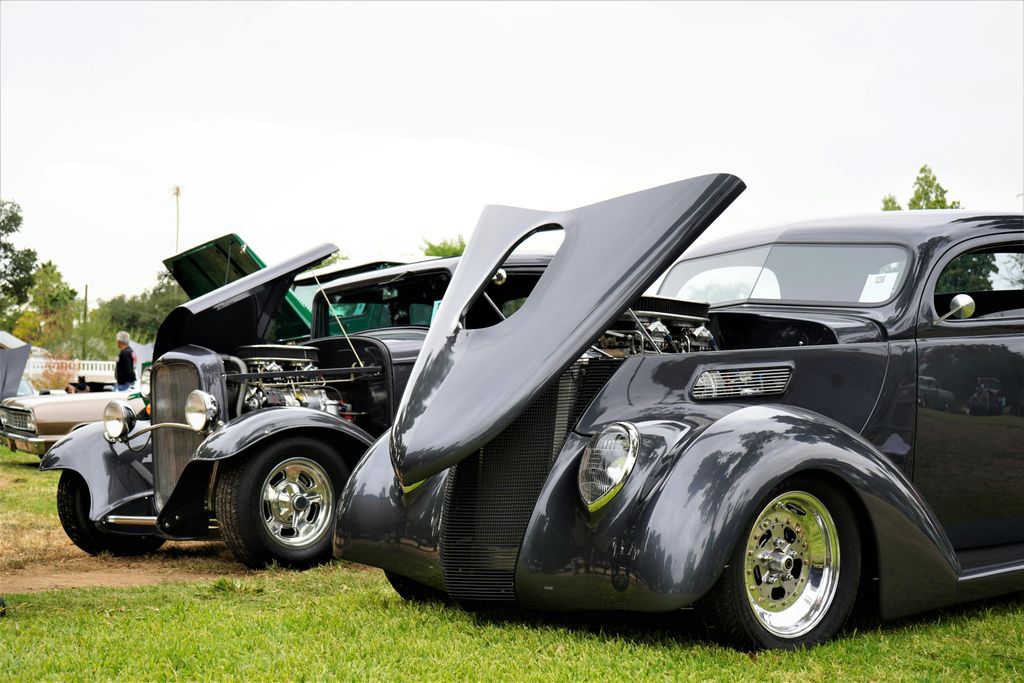
6. **Debunking the Myth: Why Newer Cars Are Safer Than Old Ones**There’s a persistent, romanticized notion that “they don’t make ’em like they used to,” implying that older, heavier-looking cars are inherently safer or more robust than their modern counterparts. This is a pervasive myth, one that the Insurance Institute for Highway Safety (IIHS) has definitively debunked years ago. In reality, modern automotive technology has revolutionized vehicle safety, making today’s cars exponentially safer for occupants. The advancements are comprehensive, ranging from structural design to active and passive safety systems that work in concert to protect human life during a collision.
Modern vehicles incorporate sophisticated crumple zones, engineered to absorb and dissipate kinetic energy during an impact, diverting violent forces away from the passenger compartment. Airbags, once a novel concept, are now standard multi-stage systems deployed strategically throughout the cabin, cushioning occupants from severe trauma. Furthermore, semi-autonomous accident avoidance technologies, such as automatic emergency braking, lane-keeping assist, and blind-spot monitoring, actively work to prevent accidents from occurring in the first place, or at least mitigate their severity. These systems represent a paradigm shift from merely protecting occupants in a crash to actively avoiding one.
The stark reality is that the safety technology in cars has advanced significantly even in the last decade, let alone since the 1960s or 70s. As Byron Bloch, an auto safety expert and advocate for over 50 years, starkly puts it, “In anything pre-’68, you can get harpooned by the steering column ramming into your face, neck or chest.” He cautions that while the nostalgia and appearance of cars from the Fifties and Sixties are appealing, “they’re mostly lethal.” Features like three-point lap and shoulder safety belts, collapsible steering columns, breakaway engine mounts, and fuel tanks positioned farther from the rear bumper — all commonplace now — were either absent or rudimentary in older vehicles. These advancements are not merely incremental; they are fundamental shifts in design philosophy aimed squarely at isolating vehicle occupants from the brutal forces of a collision, ensuring that if someone tells you, “They don’t make ’em like they used to,” you can confidently agree, and be thankful for it.
Having explored the foundational aspects of classic car ownership, from navigating registration and insurance to adapting driving habits and understanding the historical trajectory of safety, we now shift our focus to the fascinating, often intricate, world of specific vehicles and the evolving legal and regulatory landscape they inhabit. This section will delve into concrete examples of classic cars that have faced, and often overcome, complex hurdles to remain road-legal in the United States, alongside the ongoing legislative battles shaping their future on our highways.

7. **Porsche 959: From Banned to Beloved Icon**The Porsche 959, a definitive engineering marvel of the 1980s, captivated the automotive world with its groundbreaking technology and blistering performance. However, despite its supercar status, this paragon of German engineering initially faced a daunting challenge in the United States: it was deemed illegal for public roads. The reason for its exclusion stemmed from its inability to meet stringent U.S. safety and emissions standards prevalent at the time, rendering it largely inaccessible to eager American enthusiasts.
A beacon of hope emerged with the enactment of the “Show or Display” law. This crucial piece of legislation offered a pathway for a limited number of these exquisite 959s to finally grace American soil. Under the strictures of this law, owners could import their prized vehicles, albeit with a significant caveat: their annual driving was capped at a modest 2,500 miles. It was a compromise, but one that allowed a select few to experience the 959’s legendary capabilities firsthand, even if sparingly.
Today, the narrative surrounding the Porsche 959 in the U.S. has notably softened, transforming its status from a forbidden fruit to a revered classic. As vehicles age past 25 years, they frequently become exempt from many of the initial import restrictions that once barred them. This evolution in legislation reflects a growing recognition of automotive heritage, underscoring the 959’s remarkable journey from a technologically advanced, yet initially outlawed, machine to a cherished and increasingly welcome part of America’s classic car landscape.

8. **TVR Tuscan & Other Rare Imports: Navigating the Grey Areas of Legality**The TVR Tuscan, with its distinctively aggressive styling and raw driving experience, epitomizes the allure of rare imports that, like many of its brethren, never quite aligned with U.S. safety standards. Cars such as the quirky Citroën 2CV Dolly or the agile Lotus Elise Series 1 faced similar regulatory barriers, rendering them technically illegal for widespread use without specific, often hard-won, exemptions. These vehicles were designed for different markets with different regulatory priorities, particularly concerning crashworthiness and emissions.
Despite their official status as non-compliant, the magnetic charm of these unique models remains irrefutable, fostering a dedicated global following among car aficionados. For many, the appeal lies precisely in their distinct character and the unadulterated driving experience they offer—a stark contrast to the often homogenized nature of mass-produced vehicles. The myth of their absolute inaccessibility in the U.S. persists, yet determined enthusiasts often uncover and leverage various legal avenues to bring these automotive gems to American roads, often through complex importation processes and specialized registrations.
The primary hurdle for many of these rare imports has consistently been their failure to meet U.S. Department of Transportation (DOT) and Environmental Protection Agency (EPA) regulations. These standards cover everything from headlight specifications and bumper crash ratings to comprehensive emissions controls, all of which were often drastically different or non-existent in the vehicles’ countries of origin. Consequently, importing and legalizing these cars often requires extensive modifications to meet these benchmarks, or the careful application of specific exemptions like the aforementioned 25-year rule, which acknowledges the historical rather than daily-driver nature of these special machines.
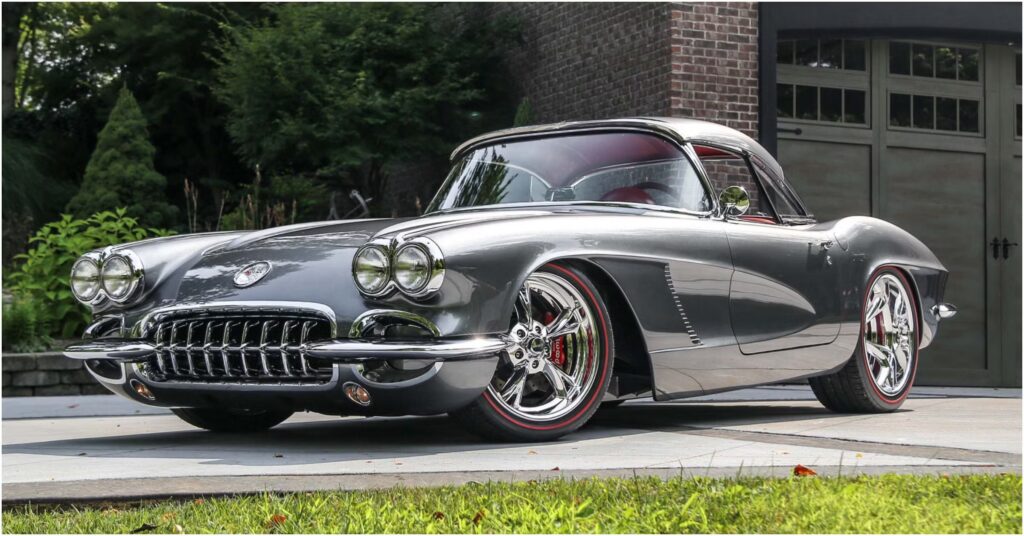
9. **Historic Registration Restrictions: The Michigan Model and Evolving Freedoms**Historic vehicle registration processes often come with a distinct set of guidelines, and Michigan once served as a classic example of these strictures. For many years, vintage cars in the Wolverine State, typically those deemed over 26 years old, found their road use heavily constrained. Owners were generally limited to driving these cherished machines only for specific purposes, such as participating in parades, displaying them at car shows, or conducting necessary testing and maintenance runs. Daily commuting or casual drives were largely out of the question, casting a palpable shadow over the practical enjoyment of owning a piece of automotive history.
These restrictions, while aimed at preserving the historical integrity and limited use of classic vehicles, inevitably created a tension for owners who desired more freedom to experience their prized possessions. The guidelines, in effect, often turned vehicles into static exhibits rather than dynamic representations of automotive design and engineering. This led to ongoing advocacy from classic car communities, who championed a more flexible approach that still respected the historical value without unduly limiting enjoyment.
In a welcome shift for enthusiasts, Michigan’s legislative landscape has recently undergone changes that significantly eased these long-standing rules. These progressive amendments have broadened the scope of permissible use, granting classic car owners greater liberty to enjoy their vehicles beyond strictly ceremonial events. This evolution in regulation is a clear reflection of a growing societal appreciation for the deep cultural and historical significance of classic automobiles, allowing them to be driven and celebrated more freely while still acknowledging their special status on the roads.

10. **Classic Cars and Emissions Zones: California’s Tightening Grip**California, a state synonymous with car culture, is simultaneously at the forefront of environmental policy, leading to inevitable tensions concerning classic cars. The proposition of Zero Emission Zones (ZEZs) within the state has ignited considerable apprehension among dedicated classic car collectors. These proposed zones, often targeting older, pre-1978 models, threaten to significantly limit where these venerable vehicles can operate, potentially isolating them from many urban areas and scenic routes.
The mere concept of these ZEZs has sparked a robust and ongoing debate, pitting the imperative of preserving automotive heritage against pressing environmental concerns. Enthusiasts argue that classic cars, often driven sparingly, contribute a negligible amount to overall air pollution compared to the millions of modern vehicles on the road. Conversely, environmental advocates stress the cumulative impact of all emissions and the need for comprehensive clean air strategies, particularly in densely populated urban centers.
If enacted, such Zero Emission Zones could impose significant logistical and emotional challenges for classic car owners. Imagine the frustration of planning a scenic drive or attending a local car meet, only to find major routes or destinations inaccessible due to new restrictions. This dialogue continues as advocates for classic car culture strive to find balanced, pragmatic solutions that honor the rich history and passion surrounding these vehicles while simultaneously contributing to the state’s vital ecological progress and air quality goals.
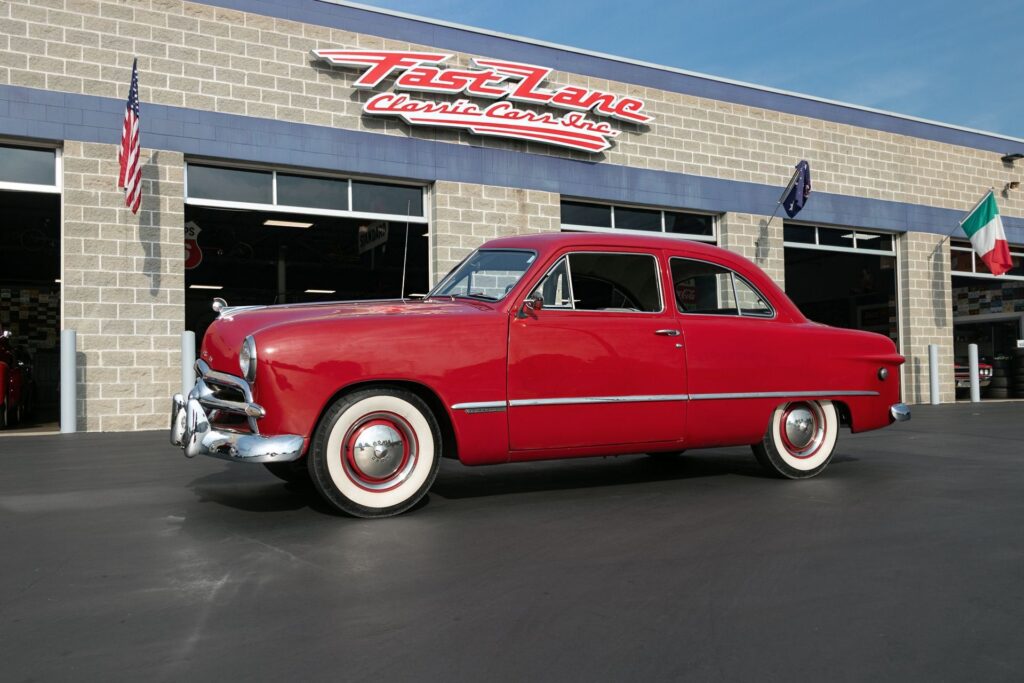
11. **Smog Exemptions Under Threat: The Saga of “Leno’s Law” in California**California currently maintains a significant smog exemption for cars manufactured in 1975 or earlier, a policy that acknowledges the technological limitations of older vehicles. However, this established framework has recently come under intense scrutiny with the introduction of Senate Bill 712, popularly dubbed “Leno’s Law.” This proposed legislation aimed to significantly broaden these exemptions, seeking to include all vehicles aged 35 years or older, thereby simplifying compliance for a much wider range of classic car owners across the state.
The original intent of SB 712 was straightforward: to exempt eligible classic cars from the biennial emissions testing requirement at certified auto shops, as well as from passing smog tests at the point of purchase. These exemptions were initially designed to apply specifically to vehicles proudly bearing special “historical vehicle” license plates and those insured as “collector motor vehicles,” indicating their specialized use and historical significance rather than daily transportation.
Famed car collector and comedian Jay Leno, a vocal proponent of the bill, provided compelling testimony to the Senate Transportation Committee. He highlighted the significant financial and logistical burdens faced by classic car owners when attempting to comply with modern smog checks. Leno emphasized that, unlike modern vehicles where a simple plug-in suffices, testing an older car is “tricky,” often incurring costs “four, five, six times more than a regular car,” compounded by the difficulty of finding shops equipped to handle such vintage machinery.
Despite passing through the full Senate and an Assembly committee with bipartisan support, the bill encountered formidable opposition from powerful environmental organizations and clean air advocates. Concerns were raised about the potential for increased air pollution, particularly from older vehicles that, while driven infrequently, could still emit higher levels of pollutants. State officials also warned of potential financial costs to the Bureau of Automotive Repair and the Department of Motor Vehicles, citing reduced revenue from smog check and vehicle license fees.
The journey of SB 712 illustrates the delicate balance California aims to strike between preserving its vibrant car culture and upholding its rigorous environmental standards. Ultimately, the Assembly Appropriations Committee blocked the bill from advancing, citing budgetary constraints and a commitment to protecting vulnerable communities from air pollution. This decision, made quietly in the “suspense file,” underscores the ongoing legislative complexities and powerful forces at play whenever proposals touch upon both cherished automotive history and critical public health concerns in the Golden State.

12. **Kei Trucks: Miniature Imports Making a Big Impact**Kei trucks, the diminutive yet remarkably versatile Japanese mini-trucks, represent another fascinating segment of the classic vehicle market that has faced distinct regulatory challenges in the U.S. These compact wonders, renowned for their efficiency and utility, were initially met with skepticism on American roads. Concerns surrounding their perceived lack of crashworthiness and overall safety on high-speed highways led to outright bans in several states, including Georgia and New York, limiting their use to private property or off-road applications.
The inherent charm and practicality of Kei trucks, however, proved difficult to suppress. Their compact footprint, impressive cargo capacity for their size, and undeniable novelty made them highly desirable for a variety of tasks, from farm work to light utility. Enthusiasts and practical users alike saw their potential, and the push for their legalization slowly gained momentum, challenging the prevailing notion that only large, heavy vehicles were suitable for public roads.
In a landmark decision that signaled a significant shift in regulatory attitudes, Texas took a bold step by legalizing these miniature vehicles for public roads. This progressive move, a testament to the enduring appeal and growing acceptance of Kei trucks, came with specific conditions: the vehicles must be at least 25 years old and meticulously adhere to existing vintage import regulations. This change has opened up exciting new avenues for Kei truck enthusiasts and users, marking a pivotal moment in how these unique, often underestimated, vehicles are perceived and regulated within the United States.
The landscape of classic car ownership in the United States is a dynamic tapestry, woven with threads of nostalgia, engineering marvels, evolving legislation, and dedicated communities. From supercars once deemed illegal to humble Kei trucks carving out their niche, and from statewide smog exemption battles to localized emission zone proposals, the journey of keeping these rolling pieces of history on the road is never static. It demands vigilance, adaptation, and an unwavering passion from owners, continually navigating a complex system designed primarily for modern vehicles. Yet, for those who cherish the distinct character and emotional connection these vintage machines offer, the effort is undeniably worthwhile, ensuring these automotive legends continue to tell their stories, mile by mile, for generations to come.

